
Even though the basic functions of the oil used in transformers are heat conduction and electrical insulation, there are many other properties which make a particular oil eminently suitable. Properties of good transformer oil are explained in this article.
Organic oils of vegetative or animal origin are good insulators but tend to decompose giving rise to acidic by-products which attack the paper or cloth insulation around the conductors.
Mineral oils are suitable from the point of electrical properties but tend to form sludge. The properties that are required to be looked into before selecting oil for transformer application are as follows:
1. Insulting property
This is a very important property. However, most of the oils naturally fulfill this. Therefore deterioration in insulating property due to moisture or contamination may be more relevant.
2. Viscosity
It is important as it determines the rate of flow of the fluid. Highly viscous fluids need much bigger clearances for adequate heat removal.
3. Purity
The oil must not contain impurities which are corrosive. Sulfur or its compounds as impurities cause the formation of sludge and also attack metal parts.
4. Sludge formation
Thickening of oil into a semisolid form is called sludge. Sludge formation properties have to be considered while choosing the oil as the oil slowly forms semi-solid hydrocarbons.
These impede flows and due to the acidic nature, corrode metal parts. Heat in the presence of oxygen is seen to accelerate sludge formation.
If the hot oil is prevented from coming into contact with atmospheric air sludge formation can be greatly reduced.
5. Acidity
Oxidized oil normally produces CO₂ and acids. The cellulose which is in the paper insulation contains a good amount of moisture. These form corrosive vapors. A good breather can reduce the problems due to the formation of acids.
6. Flashpoint And Fire point
Flashpoint of an oil is the temperature at which the oil ignites spontaneously. This must be as high as possible (not less than 160º C from the point of safety).
Fire point is the temperature at which the oil flashes and continuously burns. This must be very high for the chosen oil (not less than 200º C).
Inhibited oils and synthetic oils are therefore used in the transformers. Inhibited oils contain additives which slow down the deterioration of properties under heat and moisture and hence the degradation of oil.
Synthetic transformer oil like chlorinated diphenyl has excellent properties like chemical stability, non-oxidizing, good dielectric strength, moisture repellant, reduced risk due to fire and explosion.
It is, therefore, necessary to check the quality of the oil periodically and take corrective steps to avoid major breakdowns in the transformer.
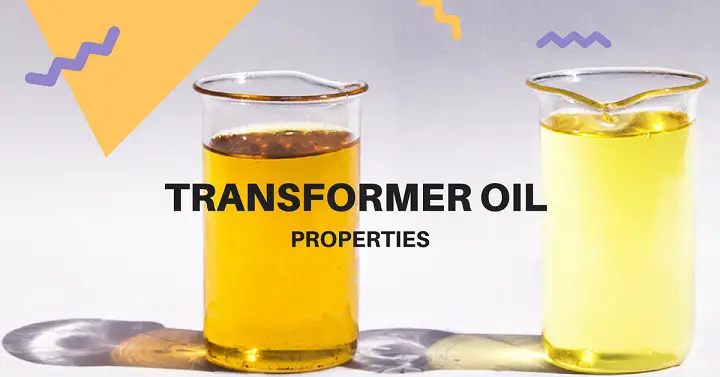
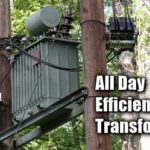
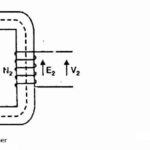
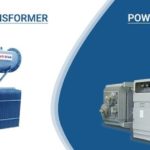
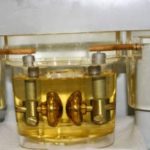
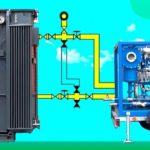

Thanks for the tip that the fire point of my transformer oils should be less than 200 degrees. The new house I’m getting built is about to be finished so I’m starting to think about the electrical wiring that will be done to it soon enough. I will make sure to keep a close look at the kind of transformer that will be installed in my home.
https://www.powersubservices.com/services/oil-sampling/